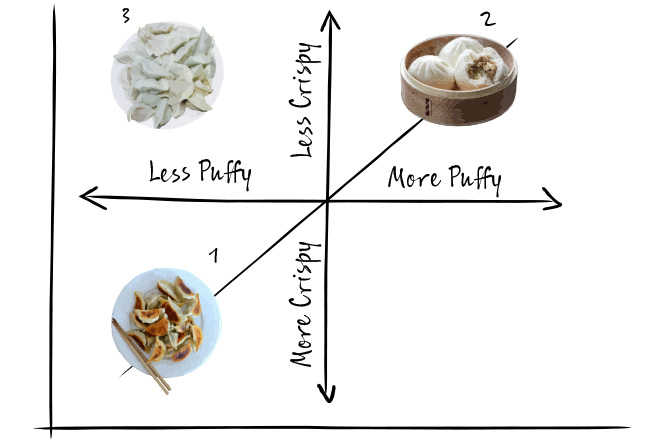Folklife Friday is a weekly digest of arts and culture articles, podcasts, and videos from across the web. Read on for a selection of the week’s best cultural heritage pieces, and don’t forget to check back next Friday for a new set of weekly picks.
Stuart Hall and the Rise of Cultural Studies
In Cultural Studies 1983: A Theoretical History, collected transcripts from Jamaican scholar Stuart Hall reveal a fascination with lived experiences and culture as a form of self-reflection. “What is culture, he proposed, but an attempt to grasp at these changes, to wrap one’s head around what is newly possible?” In this piece, Hua Hsu of The New Yorker traces Hall’s career and the role of culture in negotiating the scholar’s own identity. “Culture, after all, is a matter of constructing a relationship between oneself and the world.”
The Shanghai Shengjian Bao Informative Graph
For Christopher St. Cavish, Shanghai’s shengjian bao, or fried pork buns, are best understood on a scatter graph. In this blog post, he surveys four styles of bao in a mouthwatering exploration of the city’s beloved dish. From thin-skinned pot-stickers to puffier, cloudlike varieties, dumplings run the gamut in Shanghai—a diversity St. Cavish captures here on an XY plane.
Black to the Future: OkayAfrica’s Introduction to Afrofuturism
From Janet Jackson’s music videos to the Sun Ra Arkestra’s Tiny Desk Concert, Afrofuturism and the reimagining of black futures has long inspired the cultural zeitgeist. As Alisha Acquaye explains here, “Afrofuturism reclaims black identity by positioning our stories, desires and potentials at the center of sci-fi and fantasy.” Afrofuturism and the creative work it inspires, Acquaye writes, “has inspired and comforted black people for several decades, while simultaneously granting us the freedom to express various creative sides of ourselves.”
Perfecting Japan's Seasonal Sweets Through Six Generations
In Tokyo, Japan, confectioners Toshio and Shintaro Fukushima are keeping alive the art of wagashi—a Japanese sweet as delicate as it is intricate. “As wagashi are confections, they should, of course, taste good,” Toshio Fukushima says. “They must be a feast for the eyes as well as the mouth.” Here, the two reflect on the five-generations-old tradition, page through an exquisite book of wagashi designs, and speak to the deeply rooted traditions at its core.
Who Gets to Own Iraq’s Religious Heritage?
“How will the ancient heritage sites in and around [Mosul] get rebuilt—and who gets to make those decisions?” It’s a question Katharyn Hanson, an archaeologist and fellow at the Smithsonian’s Museum Conservation Institute, addresses in this Atlantic Q&A. Among the issues Hanson examines is that of rightful ownership and the relationship communities have with sacred sites. “Even for the shrines where there’s literally nothing physical left, that negative space is still important,” Hanson says. “The community still reveres that specific location.”
Special thanks to editor Elisa Hough and to Michael Atwood Mason and Megan Simonsen for their contributions to this week’s digest.


